Gorgeous Shades Of Purple And Blue Glimmer And Shimmer As This Bird Flits Through The Dark Undergrowth
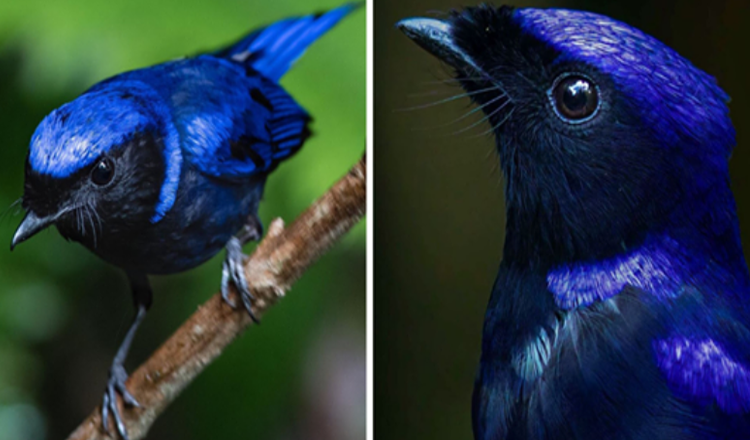
A bird covered in a bright almost electric purplish-blue combining with an even more brilliant blue on his head as he descends down through the multifaceted light from the overhead canopy, writes onebigbirdcage.
MEET THE LARGE NILTAVA
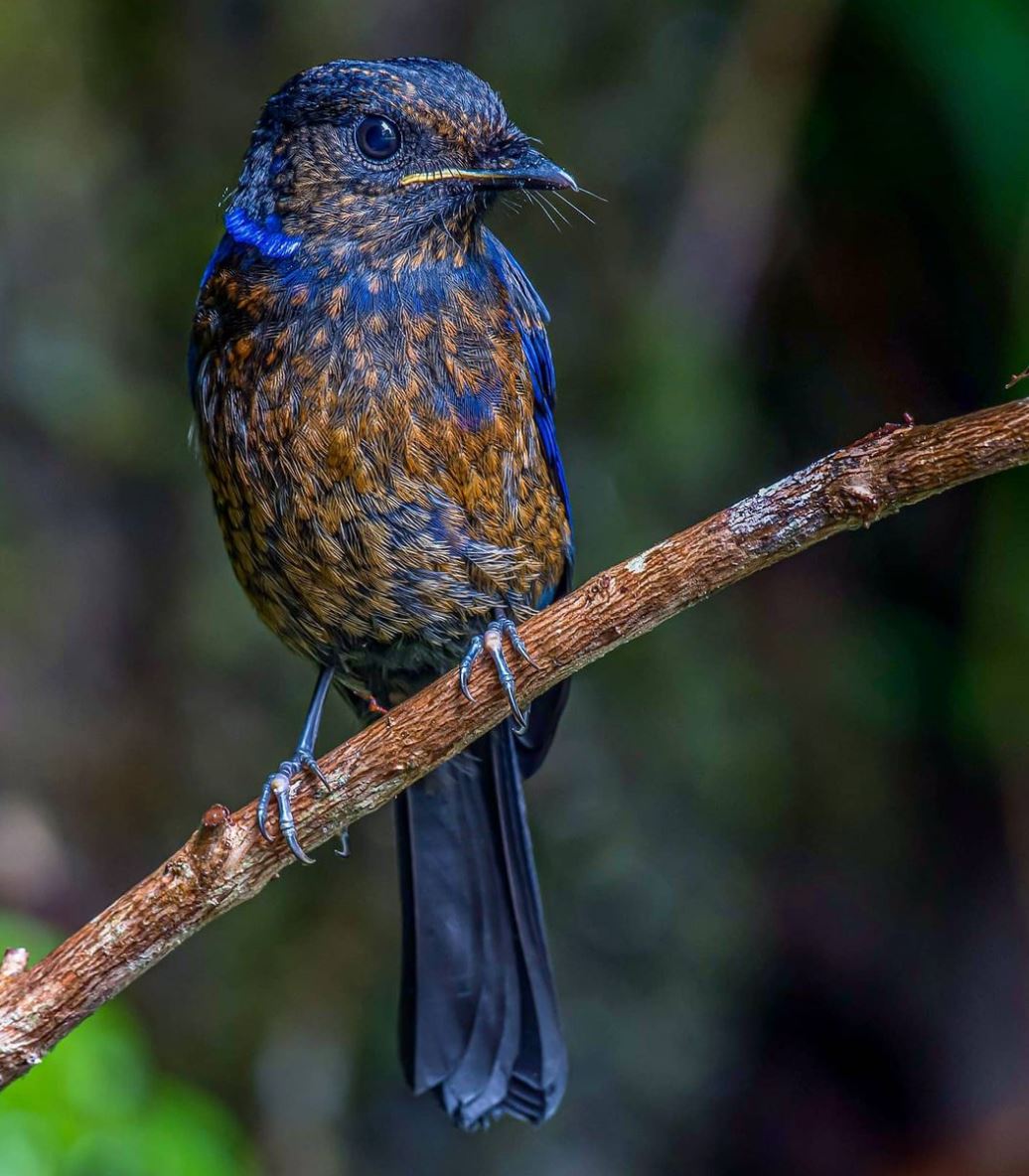
The large niltava (Niltava grandis), is a species of bird in the Muscicapidae family. The male of this species is a bright blue with a shade of very dark blue below. His face is more of a blackish color with a brilliantly bright blue. He also has a neck patch, patches on his shoulder, and rump which are a similar color.
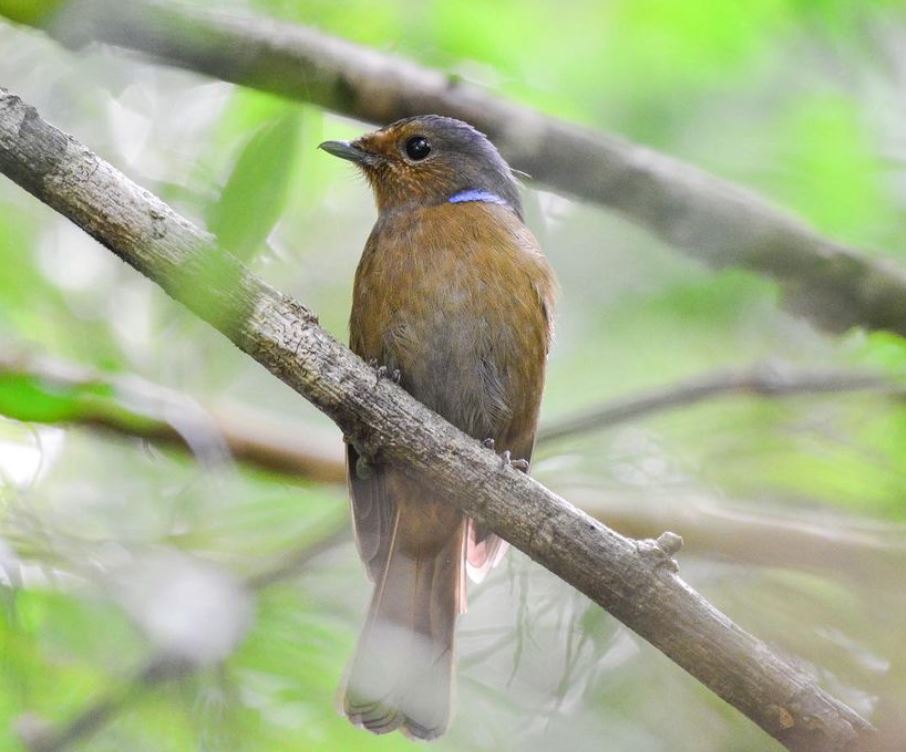
The female is a dark brown color with blue patches on the sides of her throat.
Her upperparts are a dark olive-brown color with a rufous tone on her wings and tail.
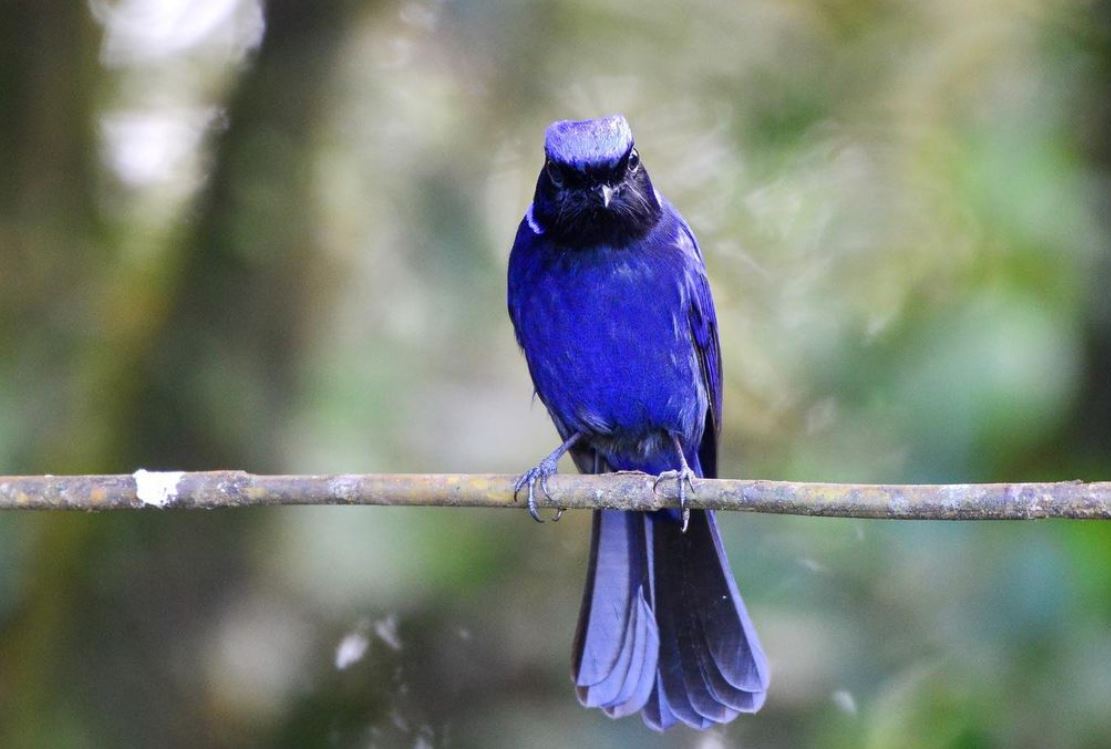
This bird is found in the Indian Subcontinent and Southeast Asia from India, into Bangladesh and Nepal, down into Cambodia, Bhutan, China, Indonesia, Laos, Malaysia, Myanmar, Thailand, and Vietnam.
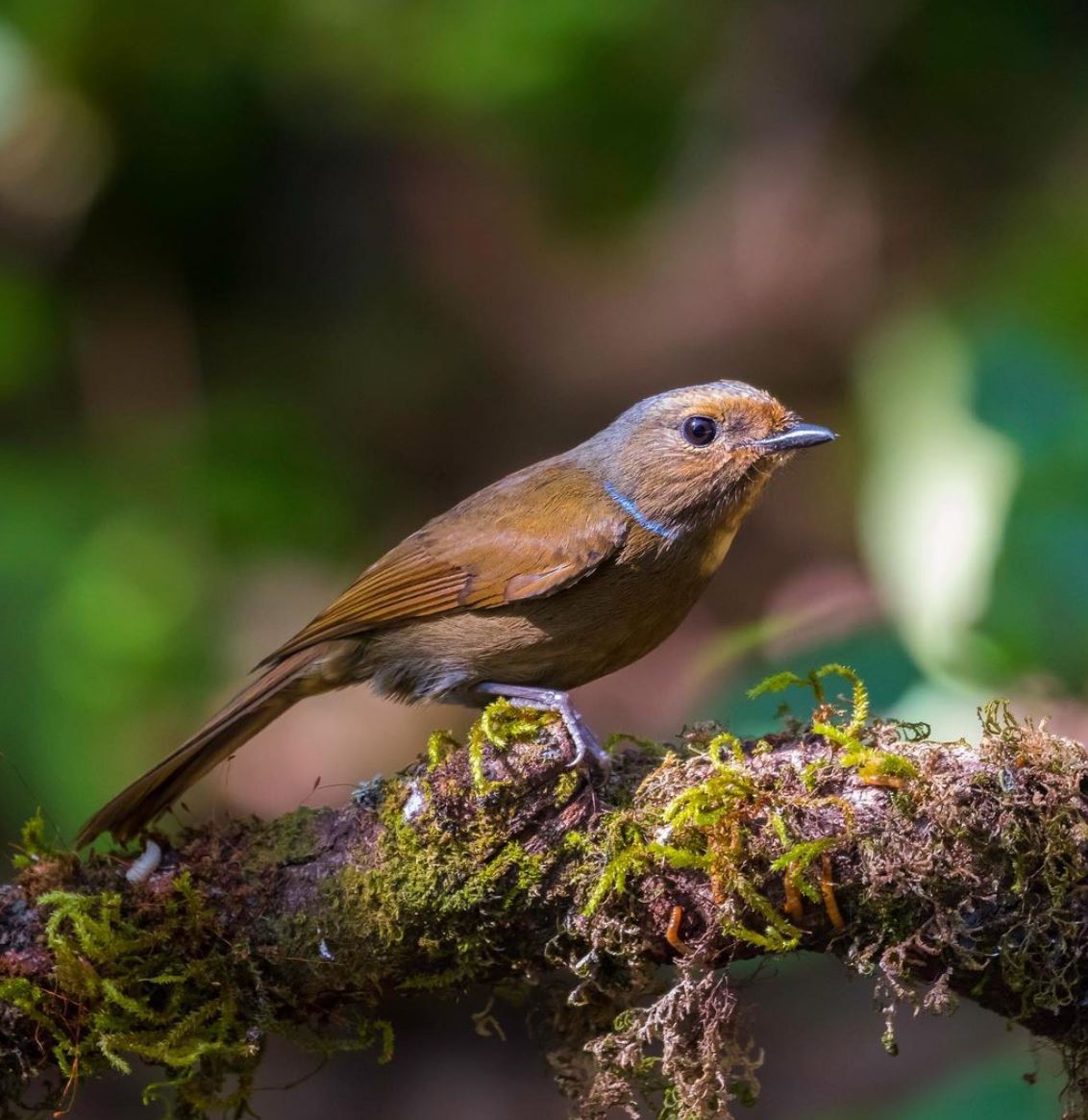
This species is resident in dense, moist tropical forests, sometimes making appearances in many rural gardens. Due to dense foliage, they can be difficult to spot, more often than not seen when they make short forays down from their perch.
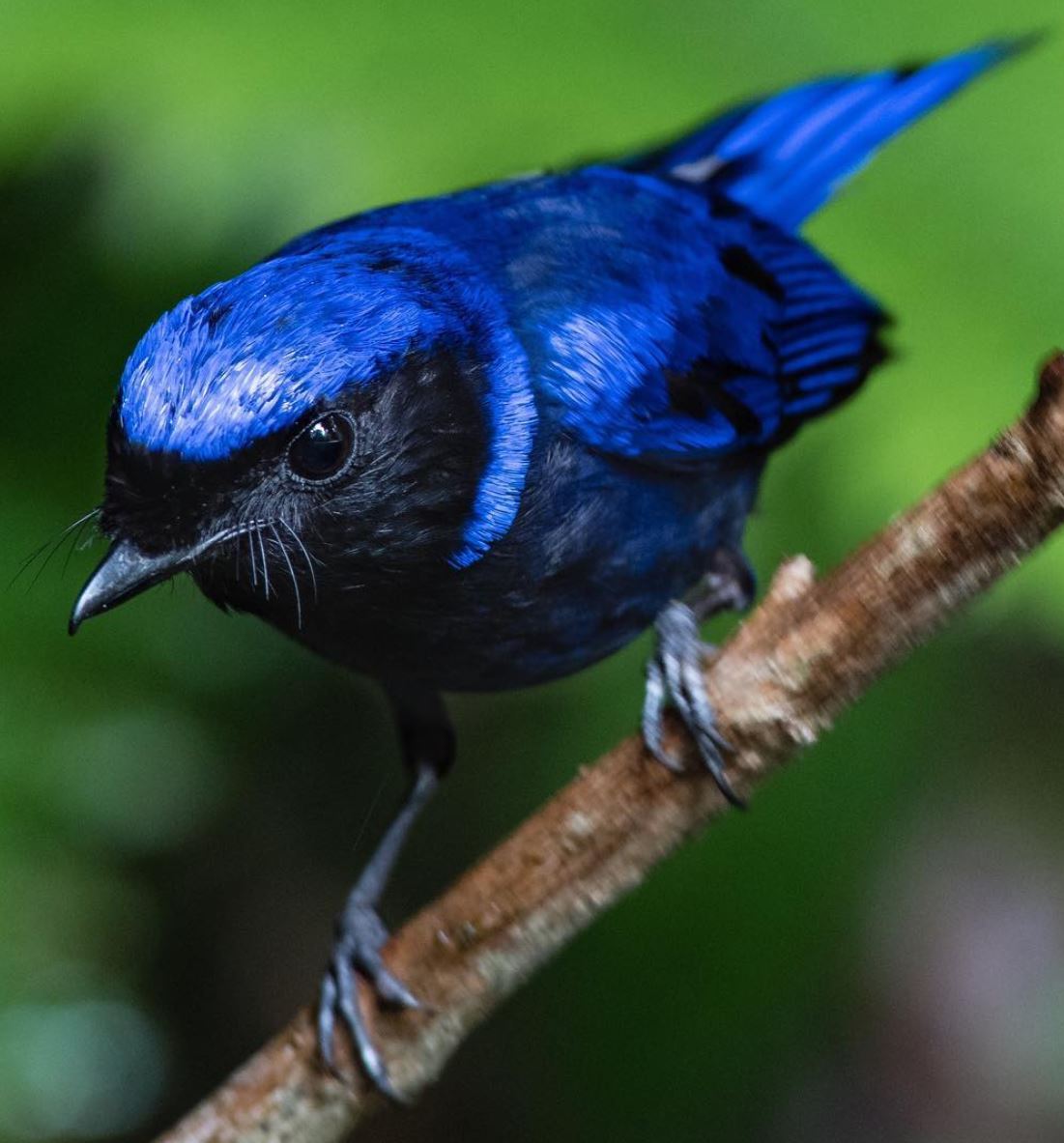
Their diet consists mainly of insects and other invertebrates, as well as a variety of berries on the side.
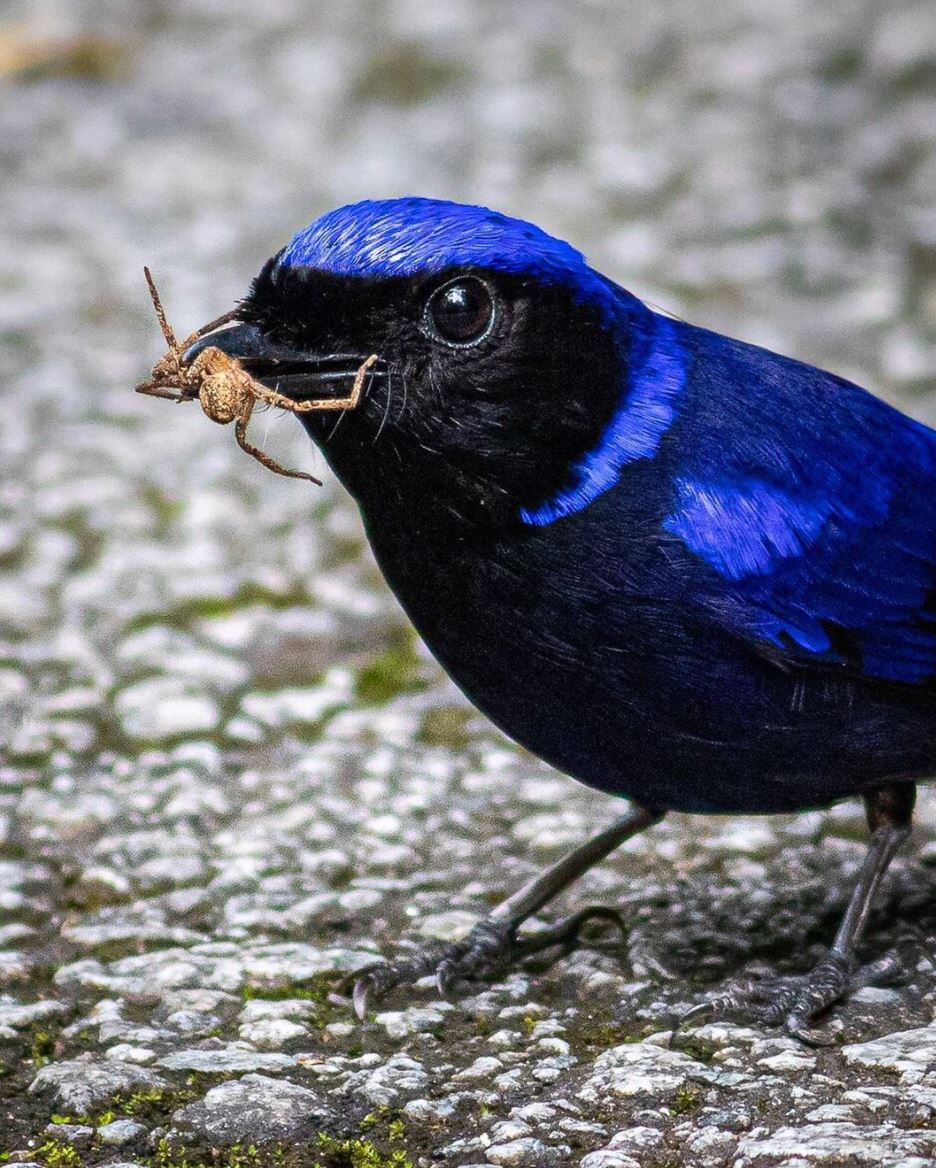
During the breeding season, Large niltavas, build a next made of moss and plant fibers usually placed among boulders, tree hollows, or holes made in rotting tree stumps. The female will lay 2-5 cream-white eggs. These are incubated by her for around 15 days after which the male helps feed the chicks until they are fully-fledged and 14 days old.
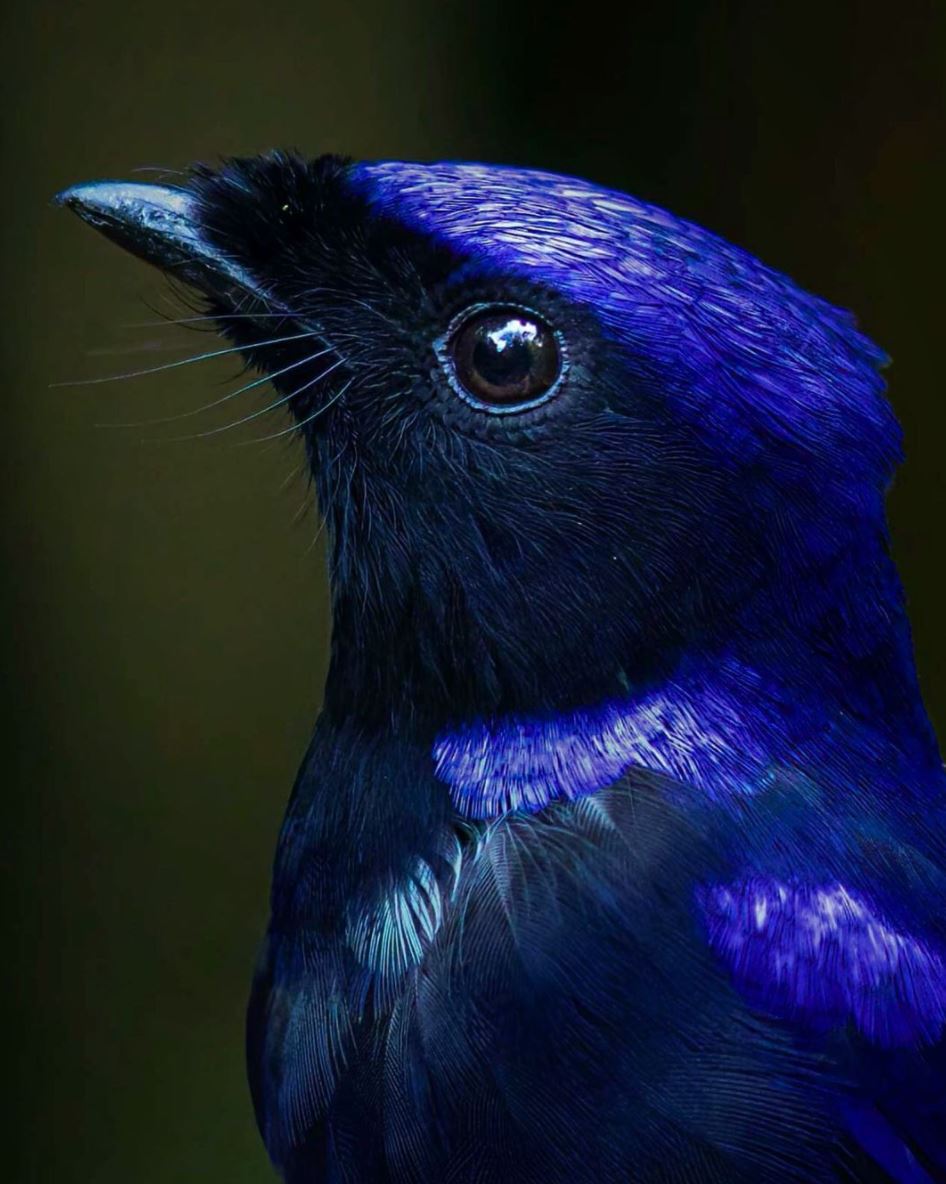
Due to their large breeding range, and being generally uncommon, this bird’s population is thought to be relatively stable. There is no evidence of a population decline or any immediate substantial threat.
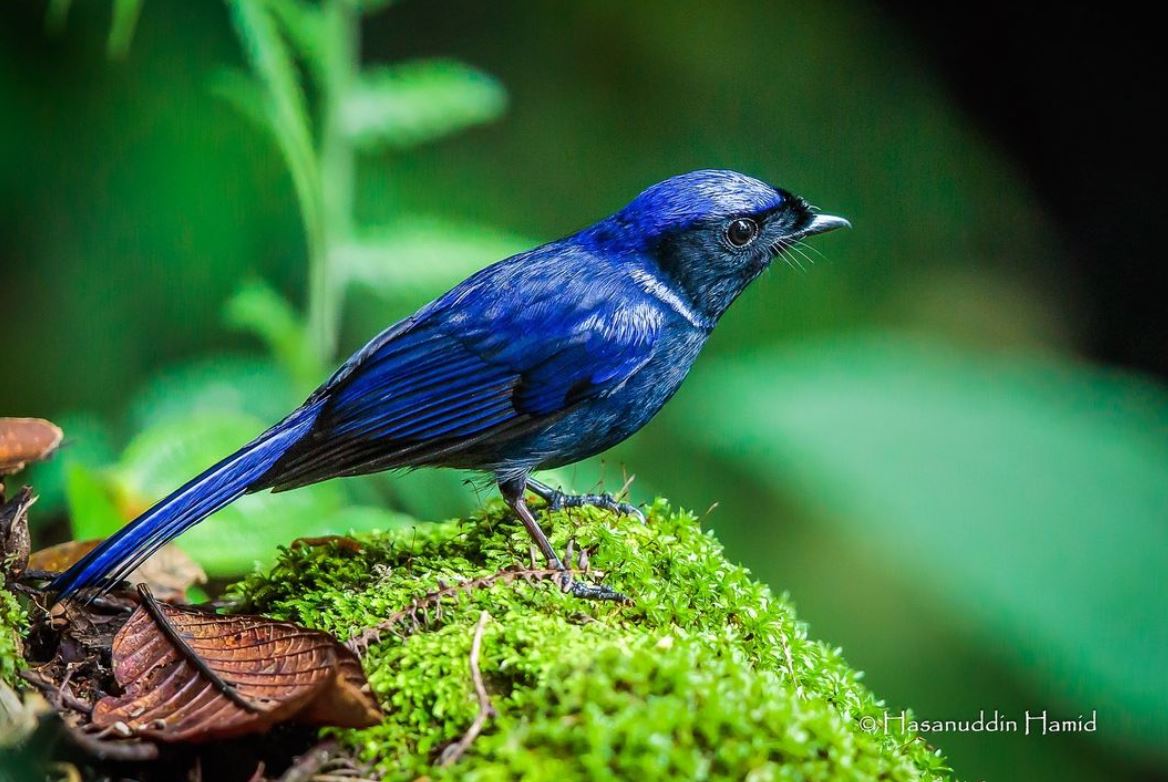
WATCH AND LISTEN TO THIS BIRD RIGHT HERE BELOW:
This story originally appeared on onebigbirdcage.com
